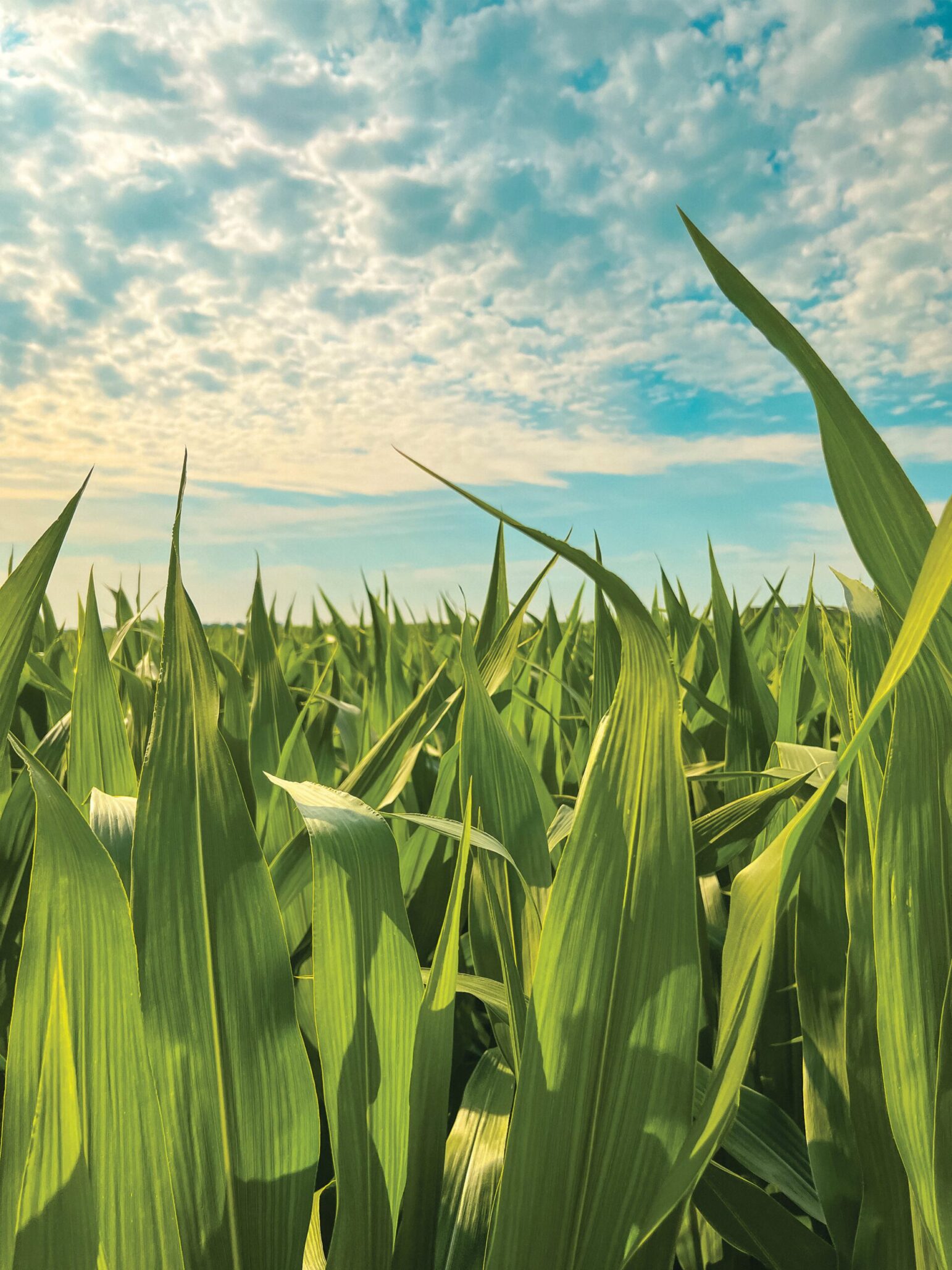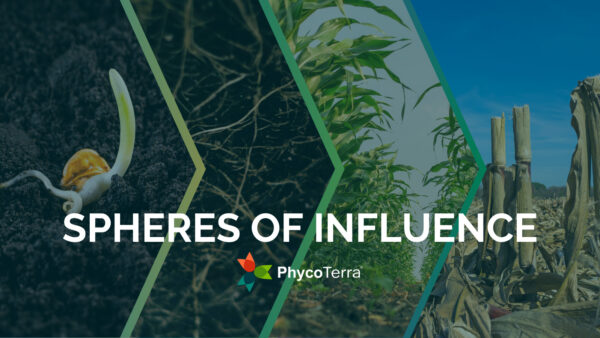Can independents compete in today’s seed market reality?
Back nearly two years ago, the United States Department of Agriculture’s Agriculture Marketing Services (USDA-AMS) launched a consultation period about competition and market power, intellectual property and other business practices that might be challenging the seed industry’s ability to operate fairly and competitively. The comment period was a result of the July 2021 Executive Order on “Promoting Competition in the American Economy”, when President Biden put into action 72 initiatives aimed to combat competition issues across the economy. In March 2023, USDA published its findings and recommendations from the consultation.
Peterson Farms Seed is the Minnesota, North Dakota & South Dakota region’s largest independent seed company, specializing in corn and soybean seed. It knows firsthand what it’s like to go head-to-head with the ‘Big Four’. Seed World U.S. sat down with Scott Sanders, general manager at Peterson Farm Seeds and a member of the Independent Professional Seed Association (IPSA) Board, to chat about the take-aways from USDA-AMS’s consultation process and what’s needed ahead.
Seed World (SW): Did you feel like independents’ needs were well heard through the consultation process?
Scott Sanders (SS): It’s hard to say whether our needs were heard through that process. I do know that not much has changed in the two years during the consultation period, and independent seed companies are still facing greater-than-ever margin challenges within the marketplace. And I believe those margin challenges are primarily due to competition issues within our industry.
SW: What did you think of the USDA’s recommendations coming out of the consultation process? Were independents’ concerns adequately addressed?
SS: In full transparency, I was disappointed with the USDA’s report. It failed to address significant concerns within the seed sector; it spoke at length of concentration and competition, but did not focus at all on the conduct concerning competition. Issues are being adjudicated in our justice system (i.e., the FTC complaint involving Syngenta and Corteva). Still, I think they are missing the bigger picture on competition and conduct within the seed sector. So, in short, no, I do not believe the independents’ concerns were adequately addressed.
SW: How do you feel about your ability to compete in the marketplace as an independent currently?
SS: First and foremost, I LOVE to compete. It’s what drives innovation and creates a continual opportunity for the farmer when the best of what an independent company has to offer is on full display. And I do believe, as an independent company, we continue to offer a unique service and a premium product lineup. However, economics still matter, and a number of factors are at play in the marketplace that make it incredibly challenging to compete on an economically viable basis.

SW: Why is making sure independents can compete so critical to the health of the entire seed industry?
SS: One of the biggest characteristics of the American farmer is independence. It is something that any farmer will tell you if you ask them. Independent companies offer the farmer the opportunity to choose the product or service that is BEST for their farm. Independent companies spend much of their valuable time and resources understanding what is best at the LOCAL agronomy level, providing the farmers the best opportunity. We all know agronomy is very local to each farmer and each of them face their own unique challenges. Independents are able to offer a product or service that is uniquely created to solve issues (or create opportunities) for farmers in their backyards, where it matters most.
SW: What do you recommend as next steps for your independent peers?
SS: I would encourage each independent company to take a serious look at the challenges they are facing in their business and marketplace and come to an honest conclusion of what it will take to meet those challenges head-on. The current trajectory of the independent company sector is not sustainable, and we will need something to change in order for the independent companies to become healthy and thriving again.
SW: How is IPSA tackling this issue?
SS: As the loudest voice for the independent companies, the IPSA organization is meeting regularly to discuss the current challenges and try to come up with solutions from our perspective. However, IPSA is made up of independent companies who, because of the current challenges in the marketplace, are not always in a great position to speak too loudly about their situation. They are afraid of how their stance may affect their businesses moving forward. It’s a very difficult situation, but I know Todd Martin and the IPSA board of directors are working hard to fight for the independent companies because we know that a strong, thriving independent sector is what is best for farmers.
SW: What else do you want people to know about building a fairer seed market?
SS: I’ve been a part of panels and Q&A sessions on this topic in the past and the main message I have for everyone within the agriculture market is to be proud of what we are doing and to not be afraid to speak truth to farmers or corporations about what is best for our industry. Our industry is very large, but when you boil it down, it is made up of small (and large) family farms and businesses who are all looking to do what is best for their operations and, ultimately, their communities. America is still largely based on strong family values and a great work ethic, and I don’t think those of us in agriculture should be shy about that conversation.
Sidebar:
Head: Market Consolidation by the Numbers
In June, 2023, the USDA released a Concentration and Competition in U.S. Agribusiness study, which showcased U.S. market share values held by major companies for various crop types.
According to the study, the retail value of the U.S. corn seed market nearly quadrupled from $2,110M/yr in 2000-2003 to $7,910M/yr in 2018-2020. The five most dominant companies controlled 59.5% of the corn market in 2000-2003. By 2018-2020, market share for the top four companies had grown to an estimated 83.9% of the corn market, accounting for $6,636.49M/yr.
In soybeans, the retail value of seeds more than tripled from $1,501M/yr in 2000-2003 to $4,740M/yr in 2018-2020. The five most dominant companies controlled just under half (48.2%) of the soybean market in 2000-2003. In 2018-2020, the top four companies controlled an estimated nearly four fifths (78.1%) of the soybean market, accounting for $3,701.94M/yr.
Corteva and Bayer alone accounted for 71.6% of total U.S. corn seed sales and 65.9% of total U.S. soybean seed sales in the 2018-2020 estimates.
In cotton, the retail value of seeds increased just over 50% from $611M/yr in 2000-2003 to $966M/yr in 2018-2020. The five most dominant companies controlled 88% of the cotton market in 2000-2003. In 2018-2020, the top four companies controlled an estimated 93.5% of the cotton market, accounting for $903.21M/yr.
In other key U.S. crops where GM traits are popular (including canola, sugar beet and alfalfa), major players retain significant market share. The largest seed companies also have a strong foothold in proprietary vegetable seeds, but nowhere near the dominance they hold in key field crops.













